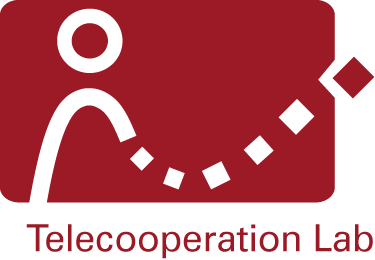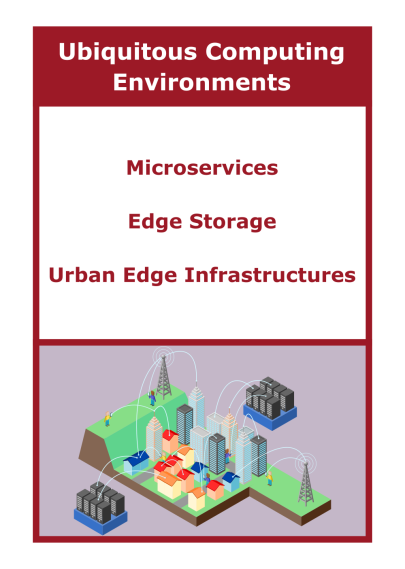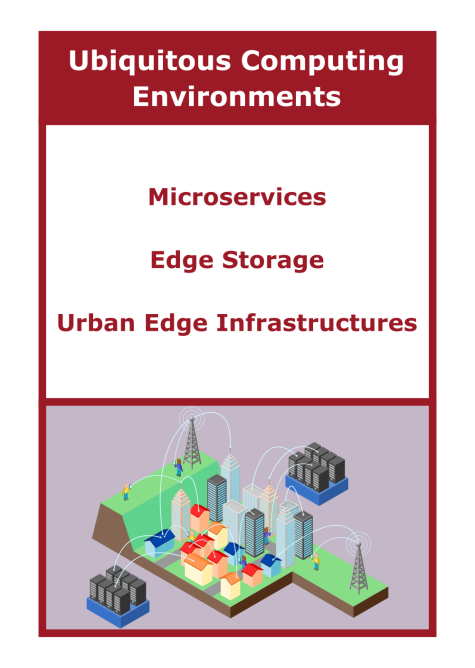Current network structures will be incapable of coping with the increasing load and management complexity incurred by future devices and applications. This part of our research deals with making networks more flexible to cope with these challenges.
End-to-end SDN. While Software-Defined Networking (SDN) is already used to manage middleboxes, this trend has not reached the end devices yet. Current protocols like OpenFlow are unsuited for controller end devices. We develop protocols that extend the control to the end devices, improving the flexibility and adaptability of networks.
Protocol transitions. Today’s Internet suffers from “ossification” with TCP/IP dominating the protocol stack. We developed “Virtual Stack”, a shim layer that decouples the protocol stack from the application. Virtual Stack also includes protocols and interfaces to communicate with SDN controllers.
High-performance protocol processing. With the stagnation in the increase of CPU clock rates, protocol processing becomes a bottleneck of high-performance network applications. Furthermore, the thermal design power of CPUs is inefficient for such tasks. As an alternative, we carry out protocol processing by leveraging specialized hardware, such as GPU or FPGA units. As an example, using a NetFPGA, we could achieve line-rate protocol processing at 40Gbit/s.





